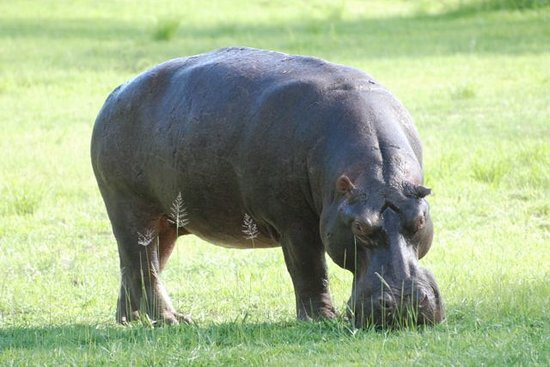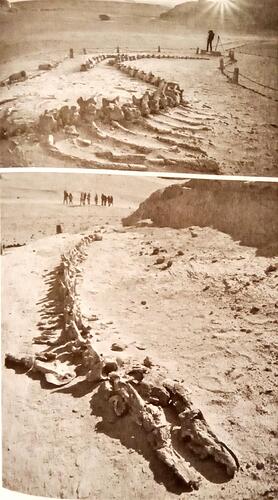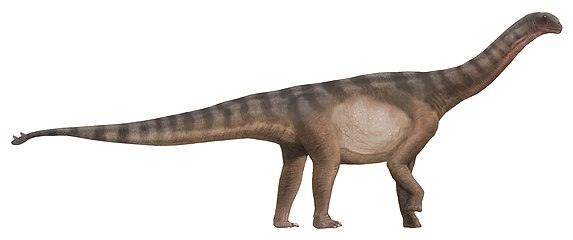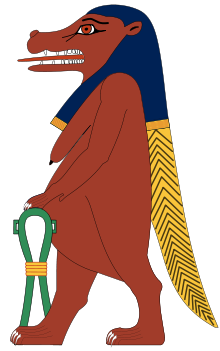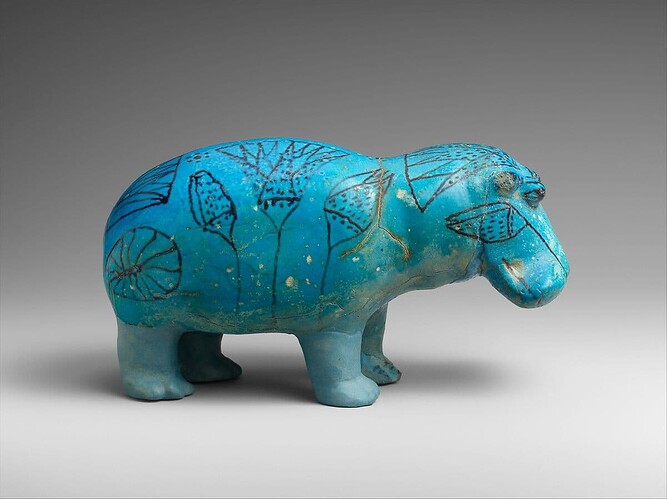Can i just clarify something above… Job 40:19 does not say a man can kill it…it says that only its maker (God) is able to come near it with a sword!
see below
1931 [e] 19
hū 19
ה֭וּא
6213 [e]
hā·‘ō·śōw
הָ֝עֹשׂוֹ
only He who made him
Art V‑Qal‑Prtcpl‑msc 3ms
5066 [e]
yag·gêš
יַגֵּ֥שׁ
can bring near
V‑Hifil‑Imperf.Jus‑3ms
. 2719 [e]
ḥar·bōw.
חַרְבּֽוֹ׃
His sword
N‑fsc 3ms
Anyway, moving on from the above issue…
from a literary perspective, are these writings from Job really ambiguous statements? I am not English expert, I have tended to better understand the mechanics of mathematics. Even though I hold a university degree in Education, I am a bit of an English tragic (so I have to edit stuff all the time)
Despite my lack of English excellence, when i read the statements from Job above, I don’t read them as being ambiguous at all. They are pretty straightforward and i can easily develop a good picture in my mind about what these creatures [leviathan and behemoth] would have looked like and how they may have behaved based on Jobs’s descriptions. BTW the book of Job is not the only book of the bible that talks about these creatures (read Isaiah 27, Psalms 74 & 104)
To be honest, i think Darwinian extrapolations of what fossils looked like do a similar thing…the significant difference is, modern researchers, don’t have written accounts of the fossils from which to extrapolate anything. They have to hypothesize based on best guess. Guessing is never going to be as accurate as multiple written sources who have actually seen something (and no this isn’t the same as the lock ness monster…because there is no physical evidence of the animal…no bones etc. That is very very different from the biblical statements about leviathan or behemoth)
I really don’t see your argument as standing up on this to be honest…you are putting a claim out there that goes against your own side and doesn’t actually hurt YEC at all. Its not really productive to the validity of a claim to argue something is a fairytale when written evidence clearly disputes and even comprehensively refutes that part of said claim.
My point is, i can show a written history going back well in excess of 2500 years (with few gaps) that comprehensively supports the biblical view of history. This evidence has a large number of written statements that are found outside of the bible…they are from other sources, from different regions, many of whom did not even believe in God. Please note, i am not making the claim of a deity here (yes i am obviously a believe in God as a deity), my point above is focusing on the point that the written tradition is validated externally to that which is written in the bible account.


